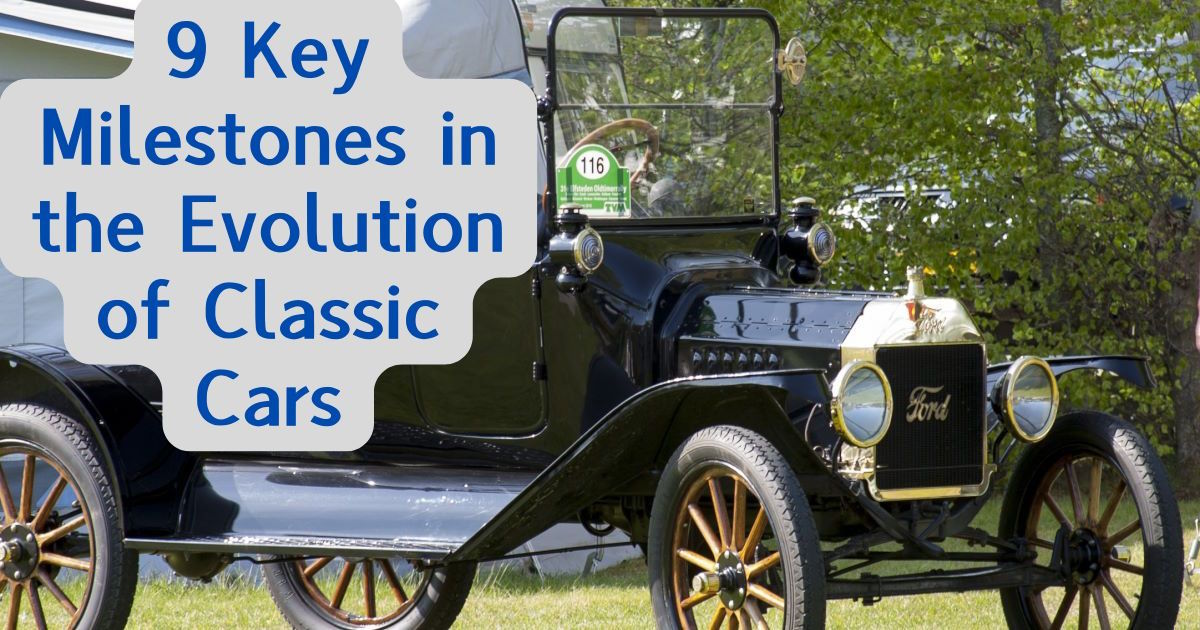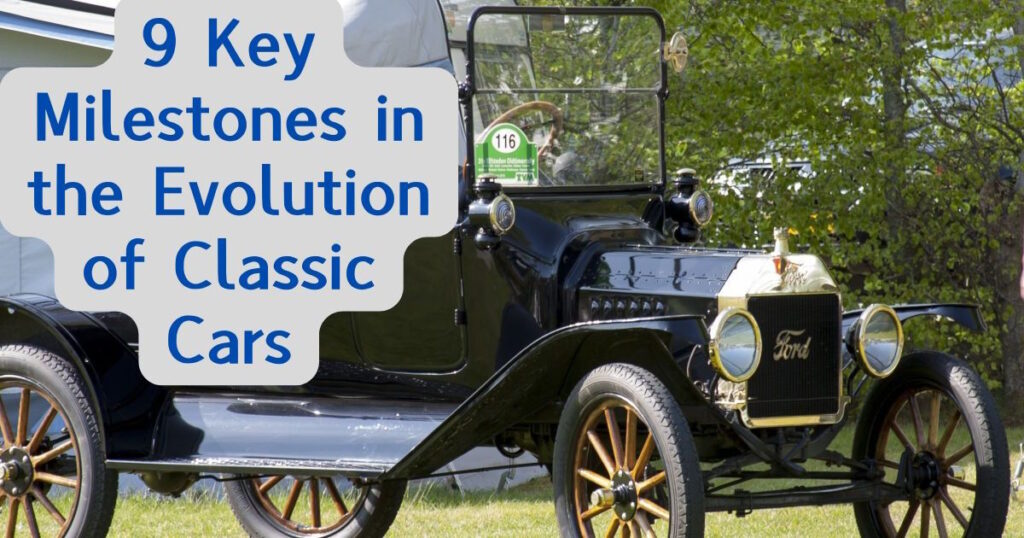
The classic car world is packed with history, nostalgia, and a touch of chrome-plated charm that few enthusiasts can resist. Whether it’s the roar of an engine that takes you back or the unmistakable curves of an iconic silhouette, classic cars have a timeless allure.
As you dive into the evolution of classic cars, you’ll encounter milestones that defined eras, sparked trends, and left a lasting legacy in automotive history.
Let’s take a trip down memory lane and revisit nine pivotal moments that helped shape the classic car world as we know it. From pioneering models to game-changing innovations, each milestone has a story worth sharing.
The Birth of the Ford Model T: Making Cars Accessible for All
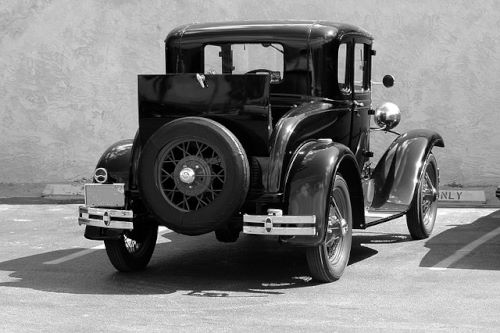
The Ford Model T, lovingly known as the “Tin Lizzie,” was a game-changer in the early 1900s. Henry Ford’s vision was to create a car that the average American could afford and depend on.
Thanks to the innovative assembly line process, the Model T rolled off production lines in record time, making it affordable and available to the masses. Between 1908 and 1927, Ford sold over 15 million Model Ts, forever changing the landscape of American roads.
For many, the Model T was the first car their grandparents or great-grandparents drove. It’s an iconic piece of Americana and a reminder of a simpler, yet rapidly evolving, time.
Cadillac and the Birth of the V8 Engine: Power Meets Luxury
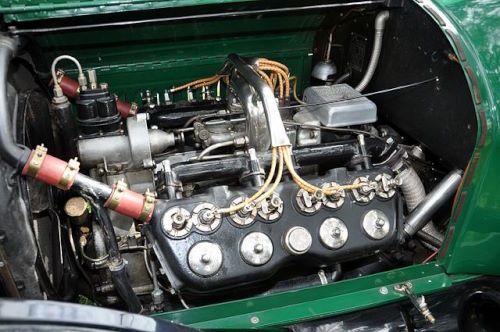
In 1914, Cadillac introduced the world to the V8 engine, a power-packed advancement that instantly set the standard for high-performance vehicles. Although the V8 engine was used in other cars before, the Cadillac V8 engine was the first mass-produced V8 in the United States.
With the V8, Cadillac delivered a smooth and powerful ride that appealed to those seeking luxury and performance in one sleek package. The V8 quickly became the go-to engine for American automakers, setting a precedent that still resonates in the muscle cars of today.
The V8 became a symbol of American horsepower and ambition, embodying the pursuit of bigger and better. A Cadillac V8 on the open road meant you had arrived—and with style.
Related: 9 Rare Classic Cars with Fascinating Stories
The 1930s: Streamlining and the Rise of Art Deco Design
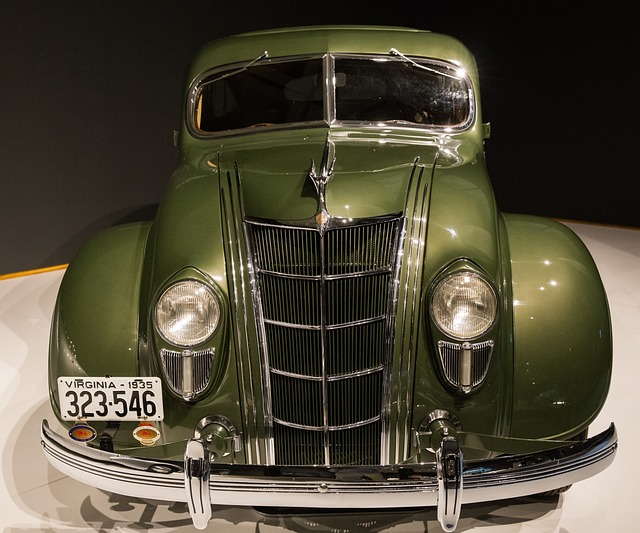
As the 1930s rolled in, car designs began to evolve from boxy, utilitarian shapes to more streamlined, aerodynamic profiles inspired by the Art Deco movement. Models like the Chrysler Airflow showcased sleek lines and rounded edges, breaking away from the traditional, squared-off designs of the past.
While the Airflow wasn’t a commercial success, it was groundbreaking in pushing design boundaries, paving the way for more daring shapes and designs in the decades to follow.
There’s something irresistibly romantic about Art Deco curves and gleaming chrome. These designs hearken back to a time when style and luxury were valued as much as speed.
World War II and the Transformation of Jeep: Utility and Durability
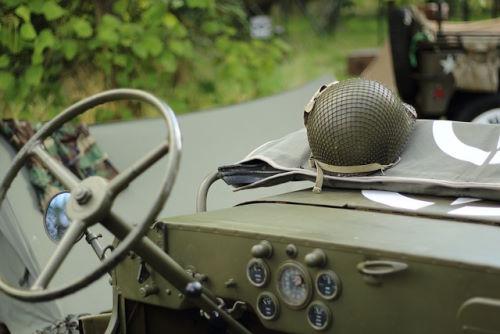
The 1940s saw the transformation of the Jeep from a rugged military vehicle to a civilian icon. Originally designed for the battlefield, Jeeps were built to withstand tough terrains and rough handling, and their durability quickly earned them a reputation as a trusty workhorse.
After the war, returning soldiers sought Jeeps for personal use, and this unique crossover from military to civilian use is part of what makes Jeep such an enduring brand.
Jeep evokes images of resilience, utility, and an undeniable sense of freedom. Few vehicles connect with the American spirit of adventure quite like the Jeep.
Related: The Legacy of Vintage Roadsters: 9 Iconic Models
The 1950s: The Birth of the Chevrolet Corvette and the Rise of the Sports Car
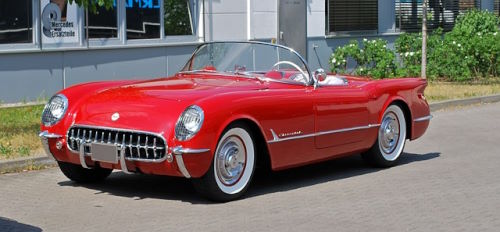
The launch of the Chevrolet Corvette in 1953 marked the beginning of America’s love affair with sports cars. Sleek, sporty, and all-American, the Corvette became a symbol of style and speed, appealing to drivers who craved something more exciting.
Chevrolet tapped into this desire by marketing the Corvette as the ultimate expression of freedom and thrill, and with each successive model, the Corvette only grew in popularity.
A Corvette from the ’50s is as iconic as a leather jacket or jukebox from the same era. For many, it represents the post-war optimism and the thrill of new possibilities.
Ford Mustang: Kicking Off the Muscle Car Craze in the 1960s
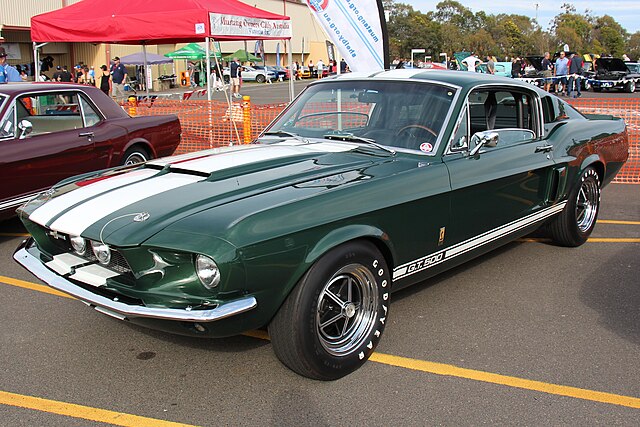
In 1964, the Ford Mustang debuted at the New York World’s Fair, forever changing the sports car market and igniting the muscle car craze.
With its bold look, accessible price, and high-performance options, the Mustang was an instant hit, sparking the “pony car” trend that would lead to some of the most iconic American muscle cars. The Mustang wasn’t just a car—it was a cultural phenomenon, a ticket to freedom and expression.
Few cars can match the Mustang’s cultural impact. It’s the ultimate expression of rebellious youth and the pursuit of speed, making it one of the most beloved classics of all time.
Related: How 1950s Design Shaped the Future of Classic Cars
The Dodge Charger and the Muscle Car Showdown of the Late 1960s
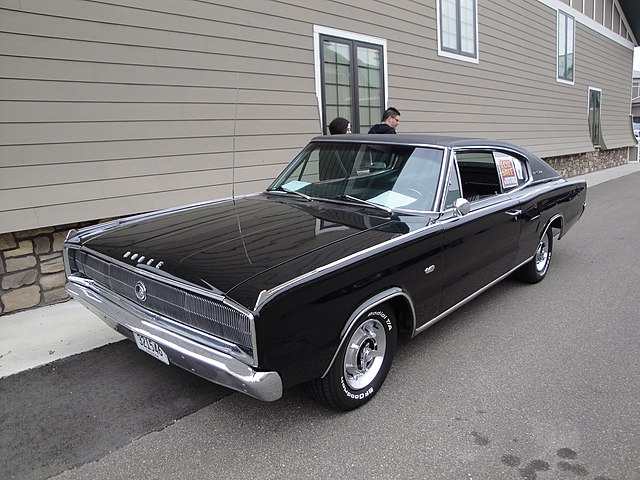
As muscle cars roared into the spotlight, the late ‘60s saw fierce competition among automakers to produce the most powerful and thrilling cars on the road. The Dodge Charger, introduced in 1966, became a major contender, especially with its powerful Hemi V8 engine.
This era of competition between models like the Charger, the Pontiac GTO, and the Chevrolet Camaro brought out the best (and most thrilling) in American car manufacturing.
The late ‘60s muscle cars were pure, unfiltered power. They’re the dream cars for those who love a little edge, some grit, and a whole lot of horsepower.
The Energy Crisis of the 1970s: Small Cars Take the Wheel
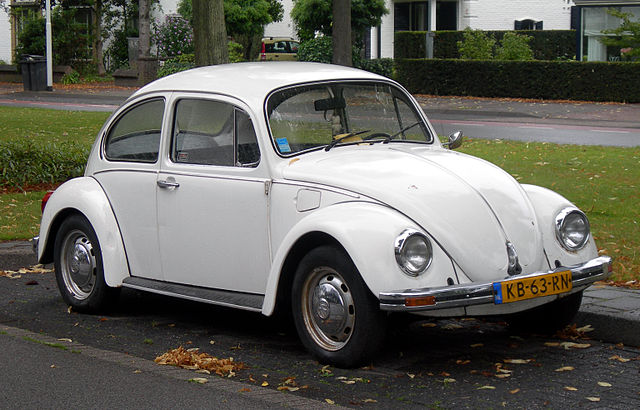
The 1970s brought an unexpected shift in the automotive landscape due to the oil crisis, which left gas-guzzling muscle cars less viable. Enter the era of the compact car.
Vehicles like the Volkswagen Beetle and Toyota Corolla became popular choices, as Americans sought fuel-efficient, reliable alternatives to the V8-driven icons of the previous decade.
While it may have seemed like the end of an era, this shift laid the groundwork for a broader market of vehicle types.
The 1970s were a wake-up call, reminding us that every classic car era has to adapt to the times. Small cars became a quirky chapter in American car culture that remains endearing to this day.
1980s Technological Advancements and the Rise of the Sports Coupe

As technology advanced, the 1980s saw automakers experimenting with new designs and innovations. This decade gave birth to an era of high-tech features, from digital dashboards to fuel injection, transforming the way cars looked and drove.
Sports coupes like the Toyota Supra, the Nissan 300ZX, and the Mazda RX-7 made their mark, capturing the imagination of enthusiasts looking for a modern edge combined with performance.
These ‘80s sports coupes are a nostalgic nod to the “Back to the Future” generation. For many, they represent the start of a tech-savvy automotive future, blending performance with a dose of nostalgia.*
Final Thoughts
The journey through the history of classic cars is a fascinating ride filled with powerful engines, memorable designs, and countless innovations. Each milestone reflects not just a step forward in technology or design but a slice of American culture and spirit.
Classic car enthusiasts aren’t just car fans; they’re keepers of history, preserving the legacies and stories behind these icons of the road.
What’s your favorite memory of a classic car? Share your stories, photos, or even that nostalgic ride you took with friends on our Facebook page!
Related Articles:

